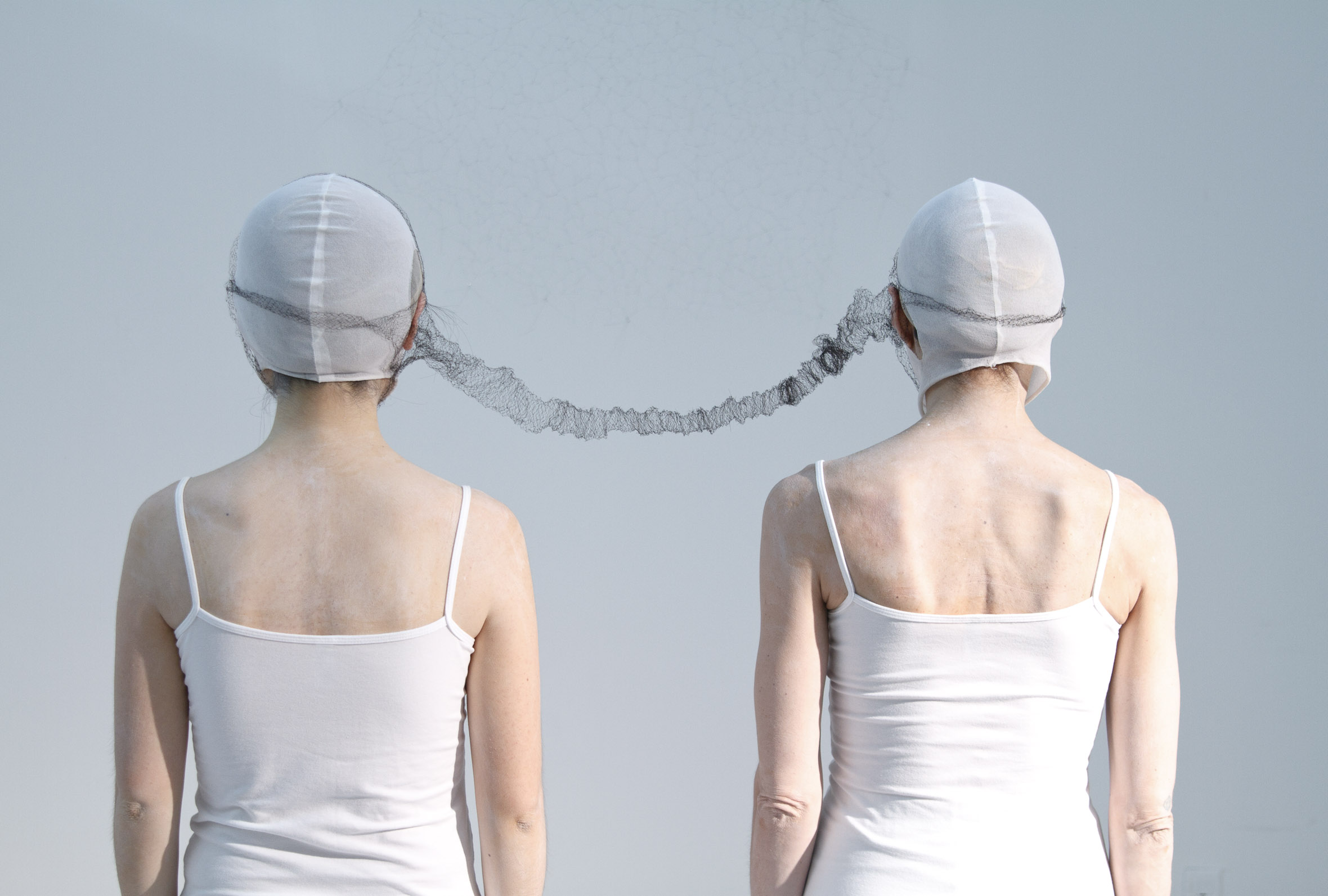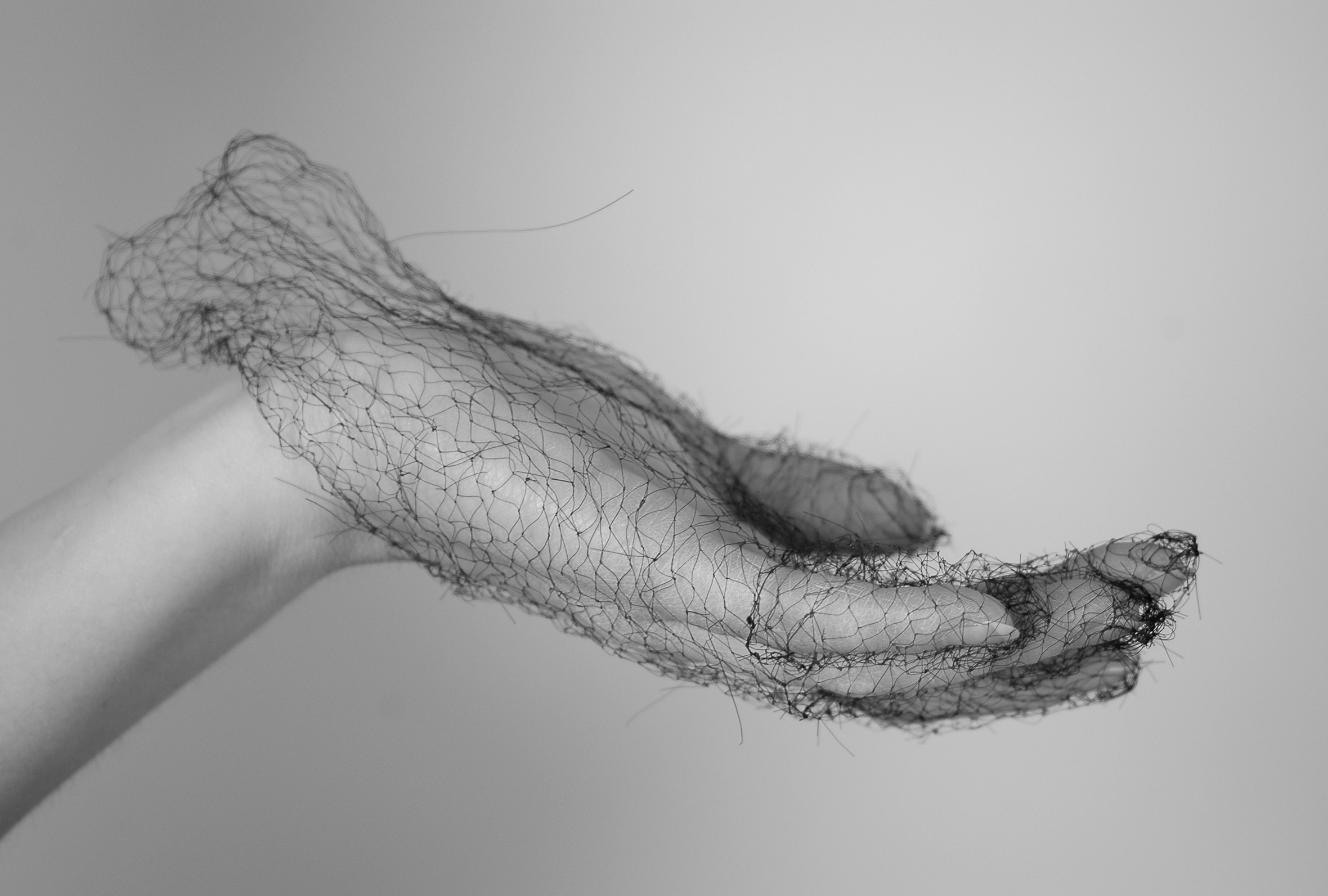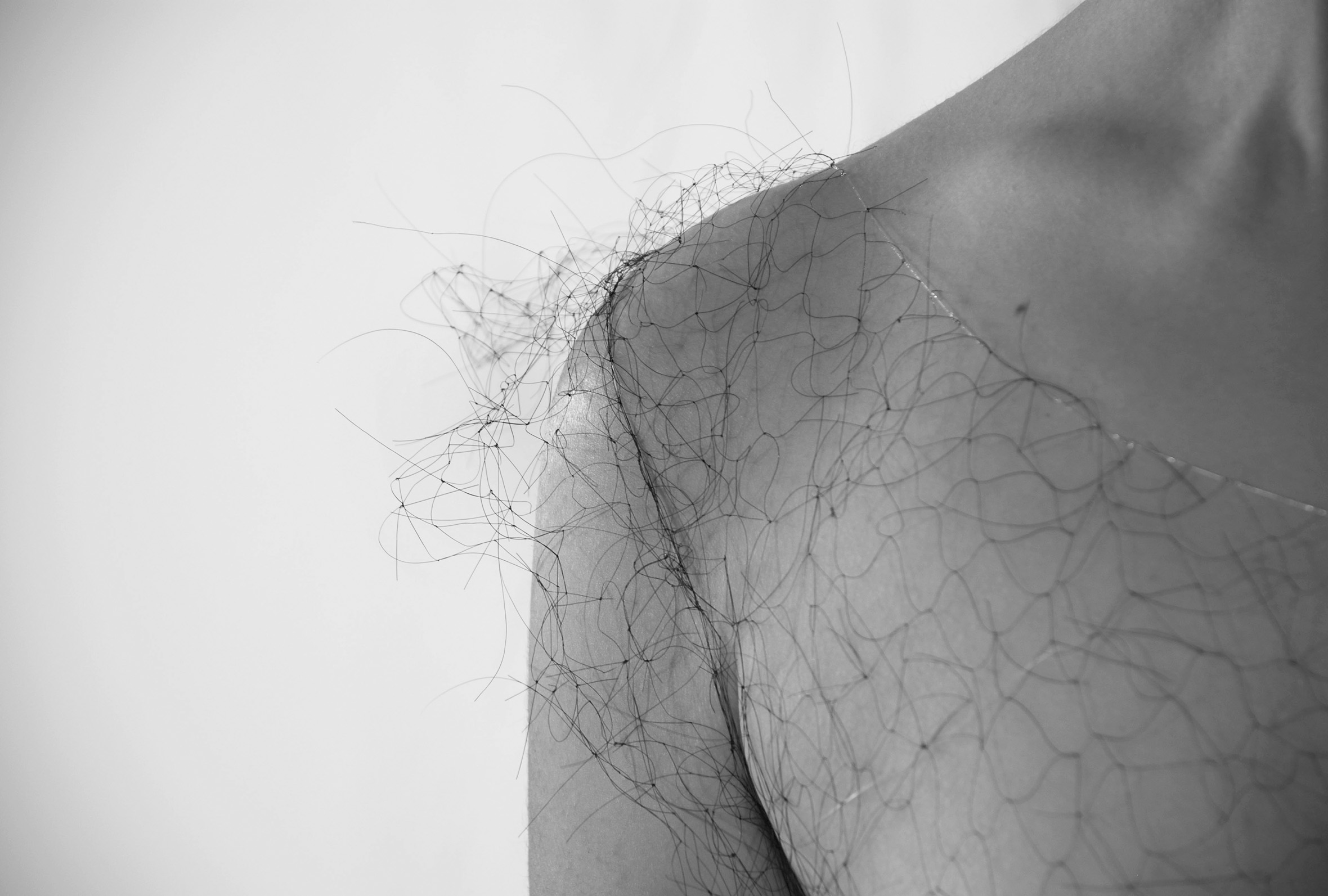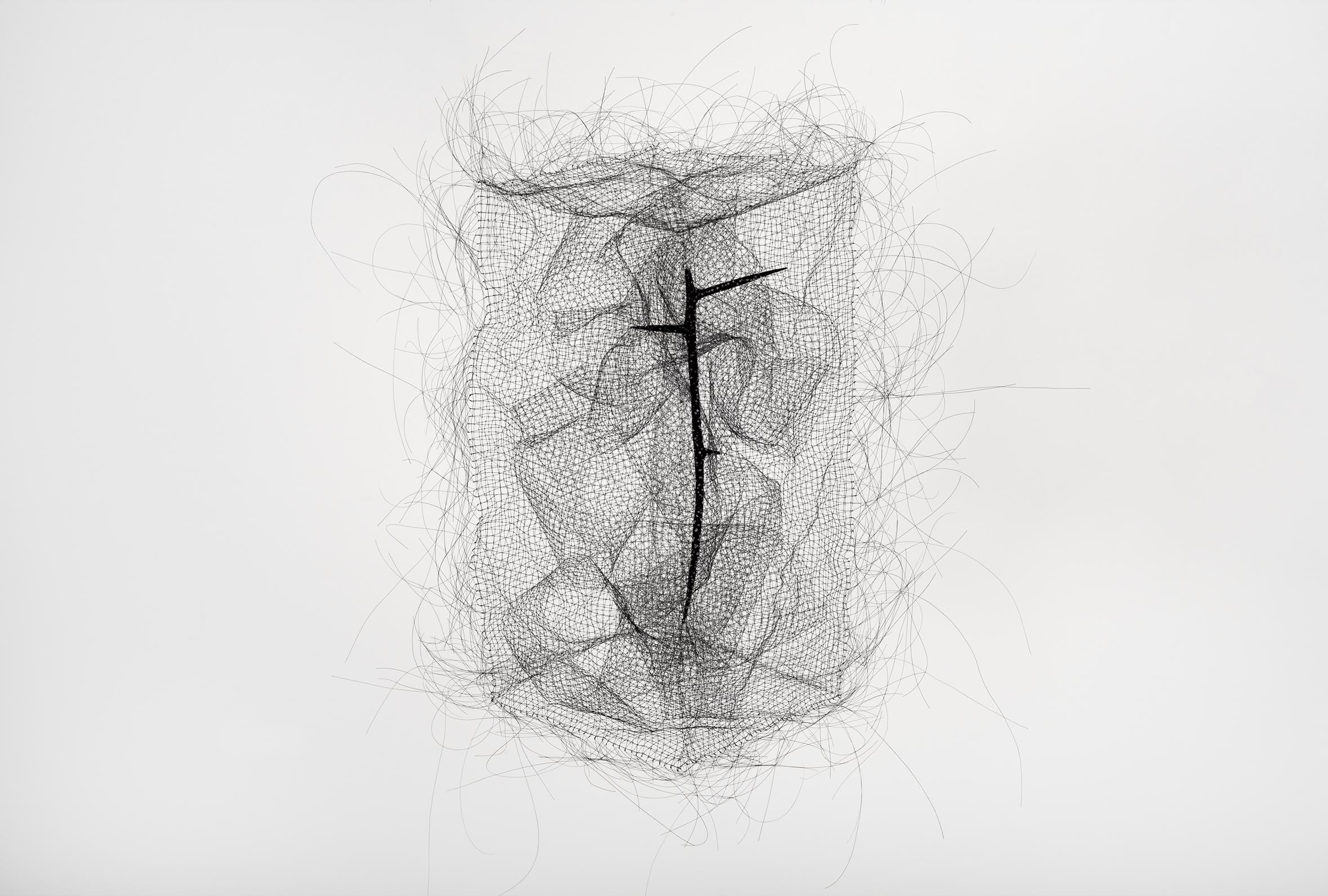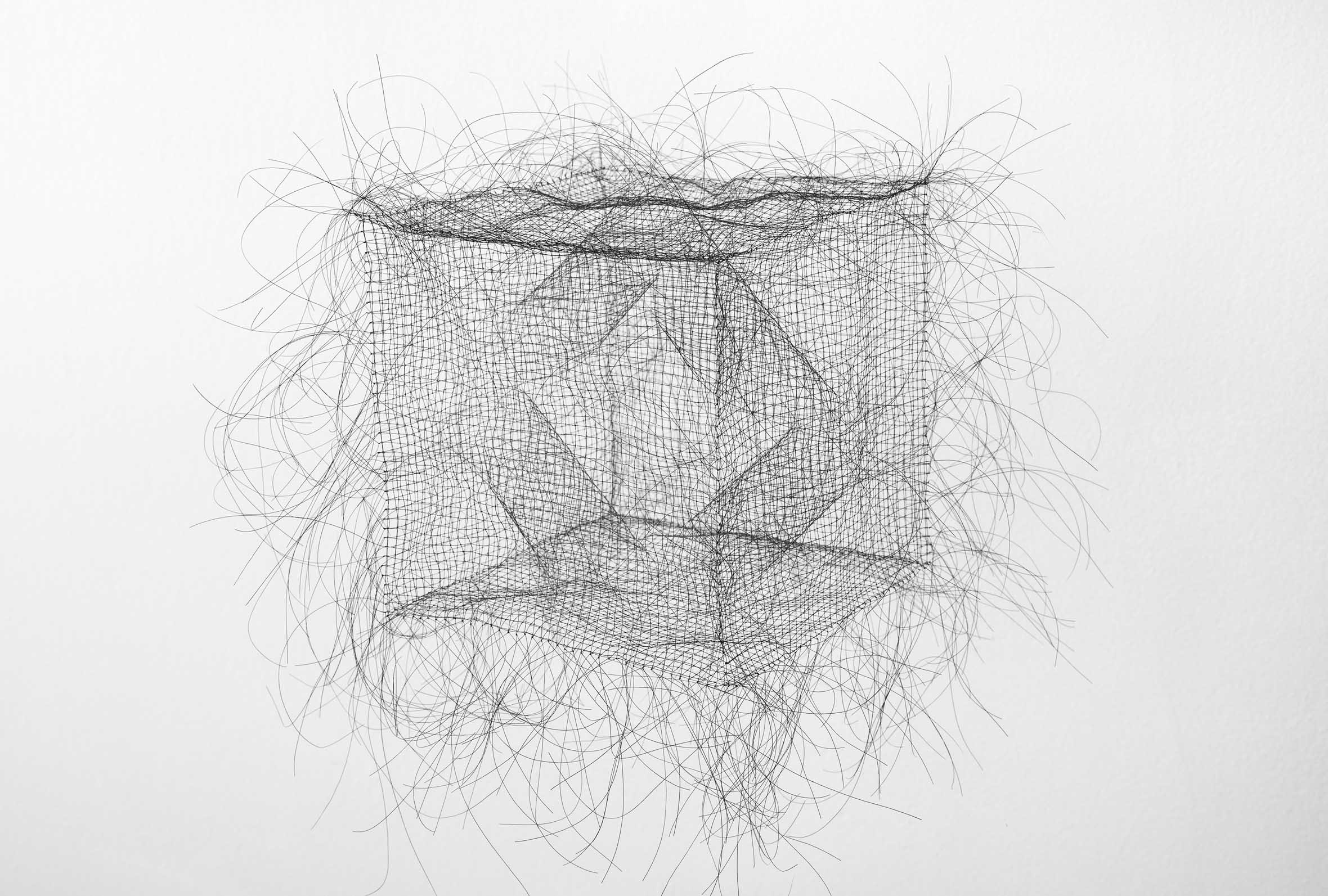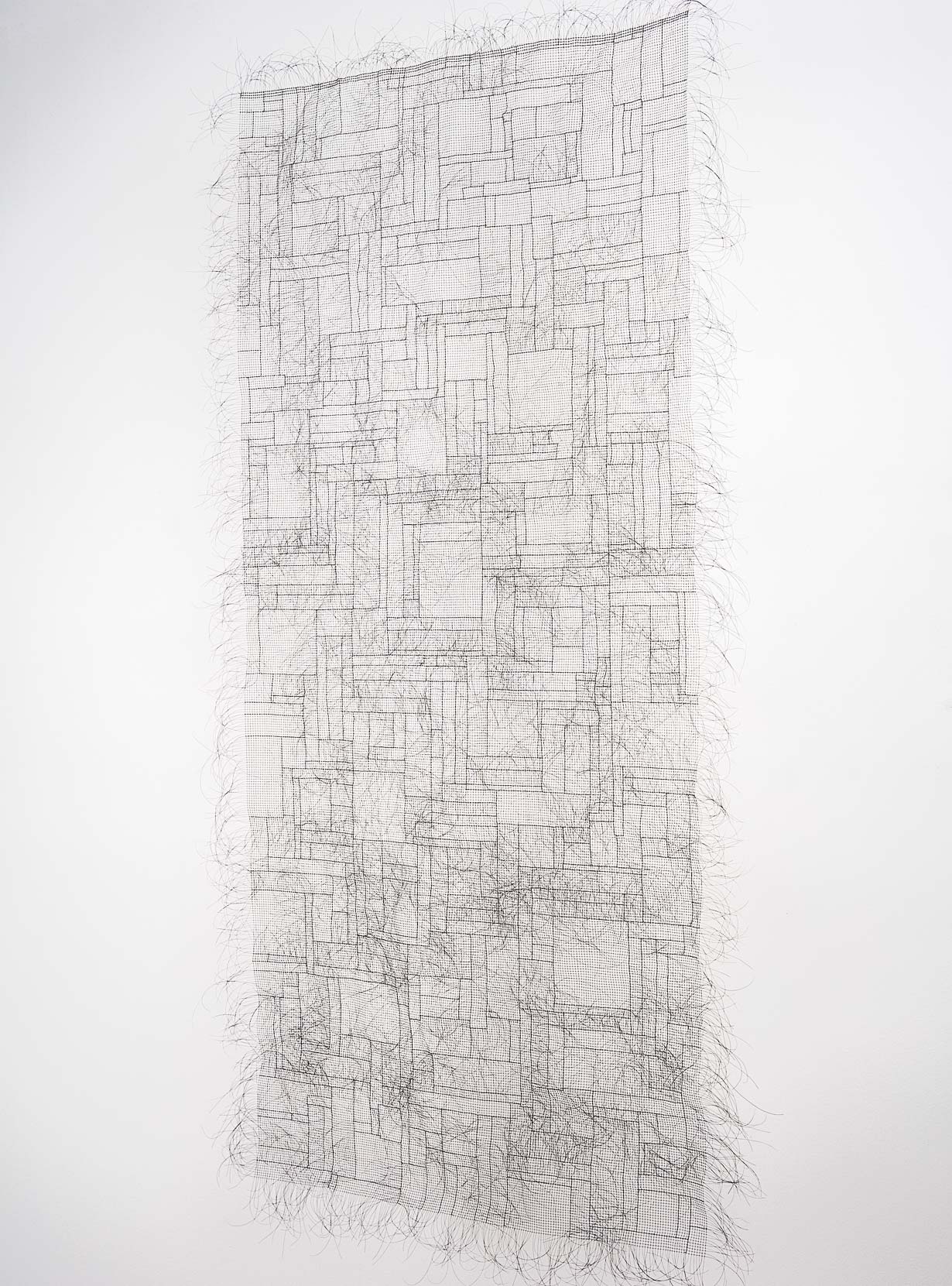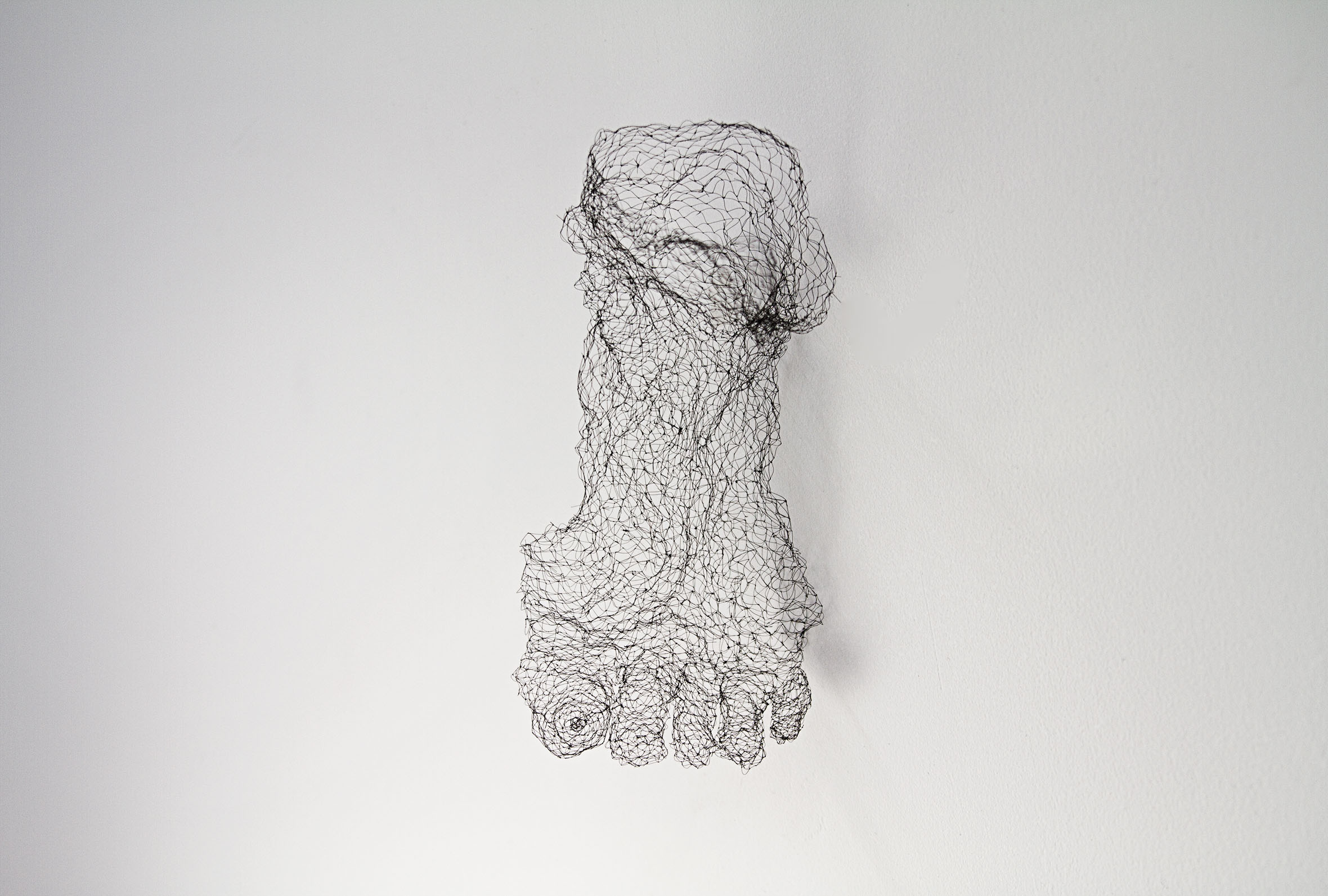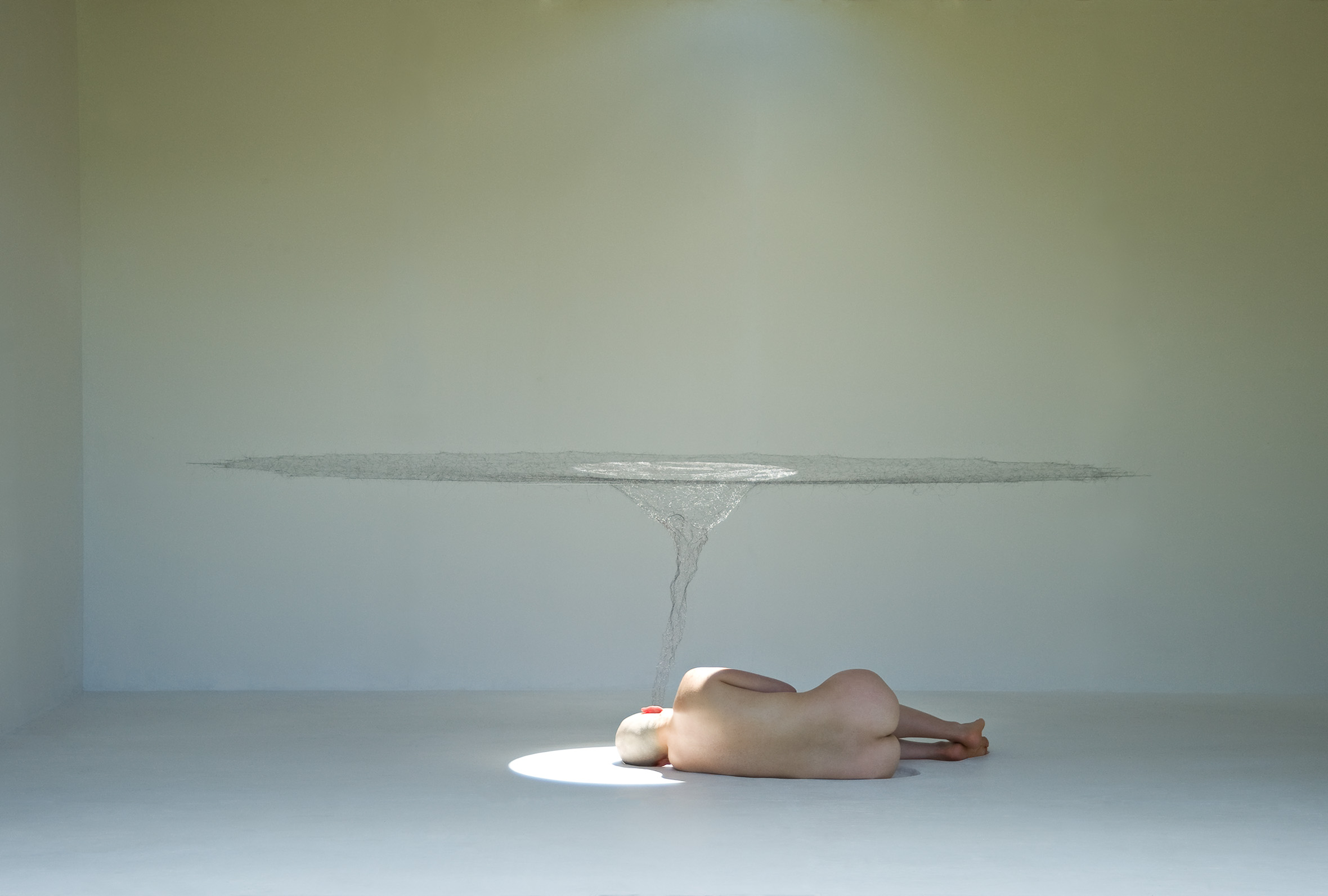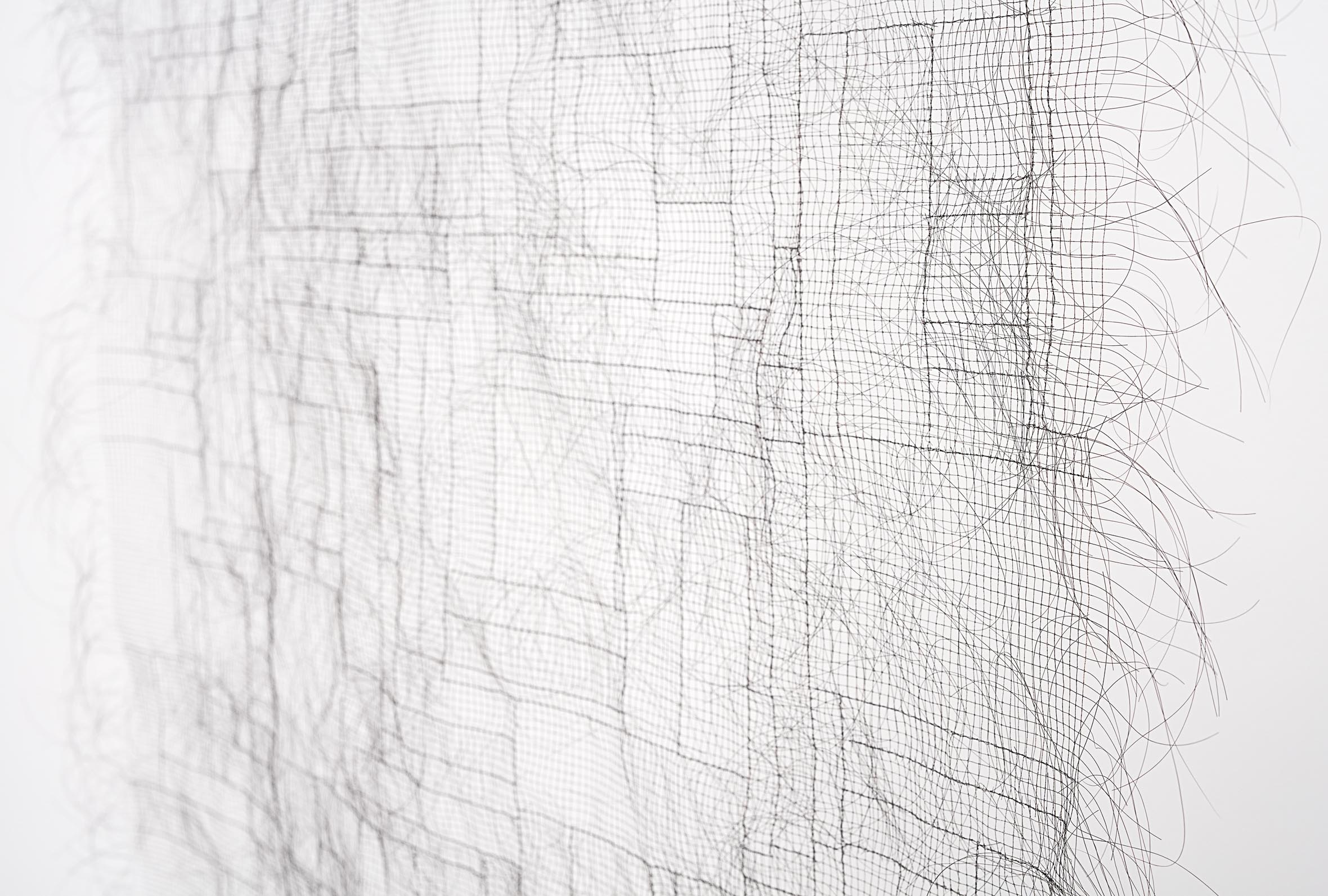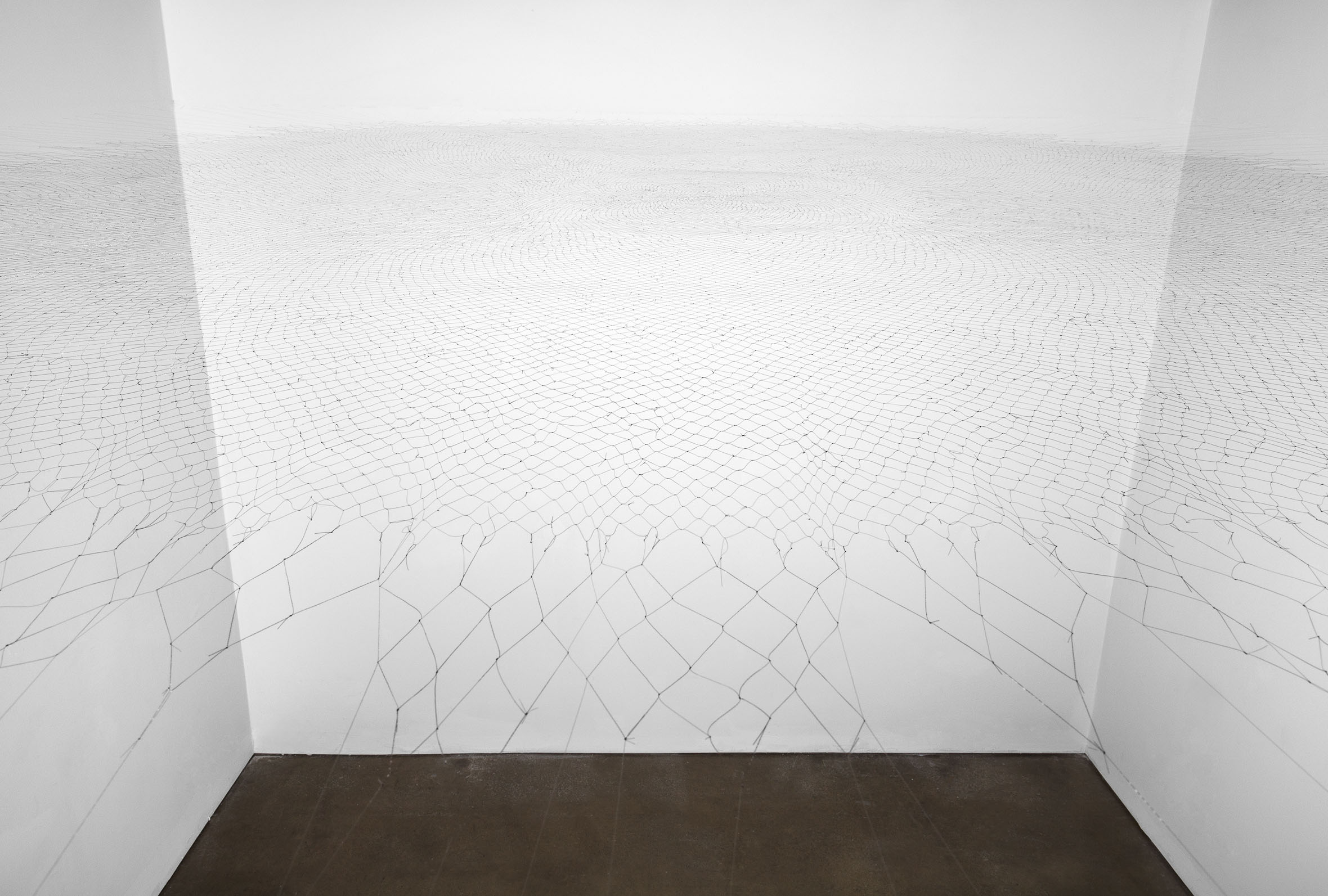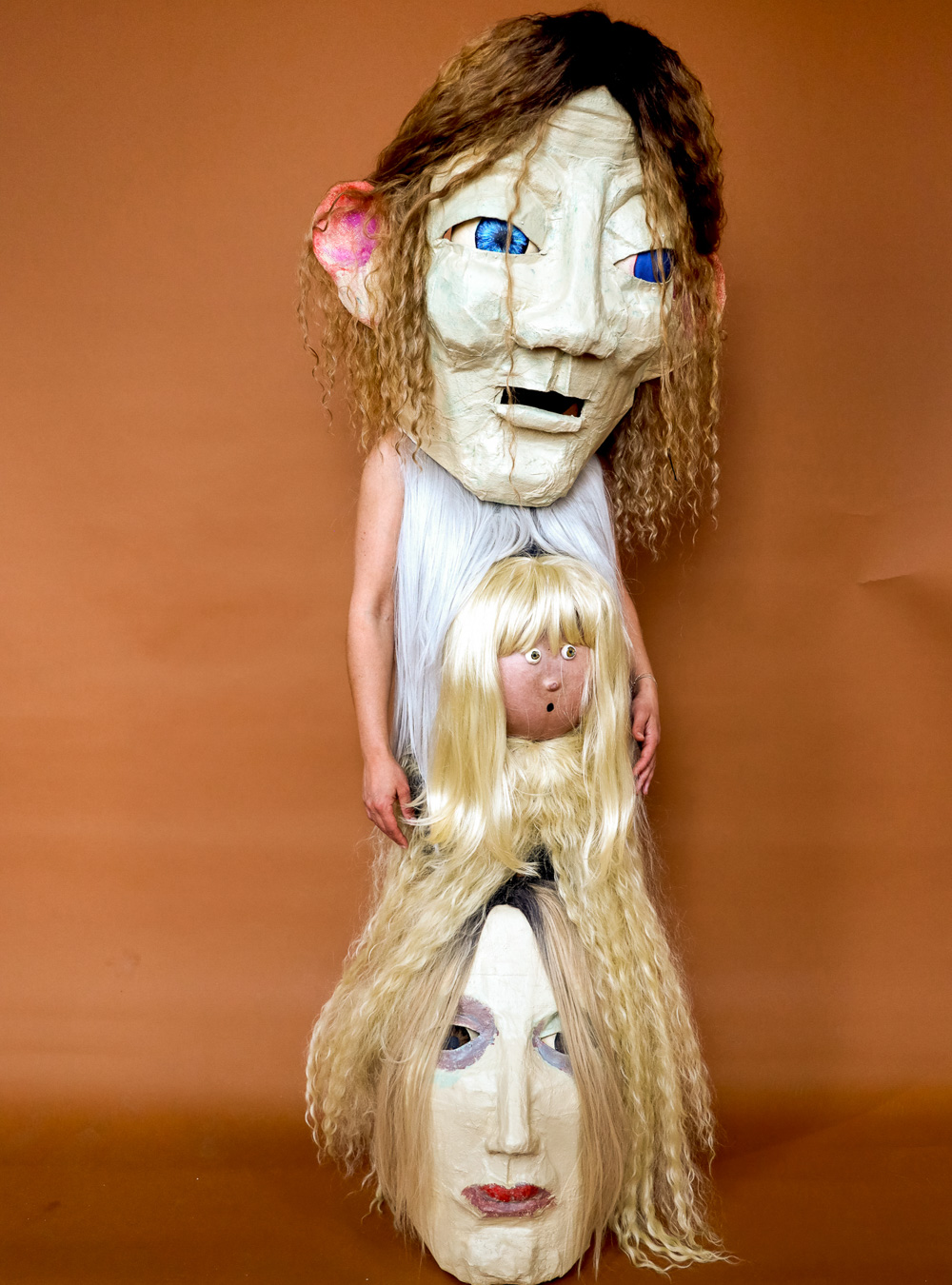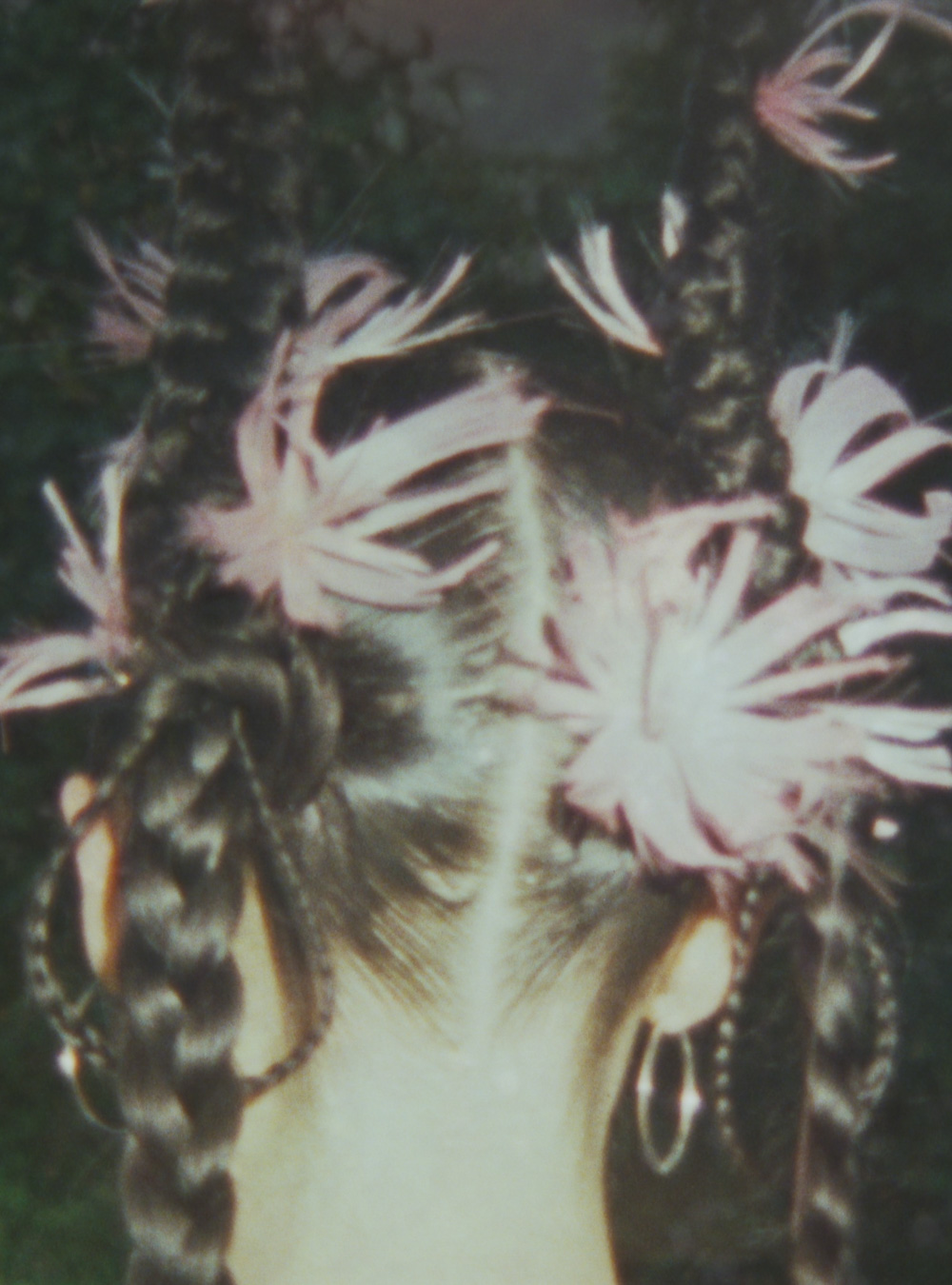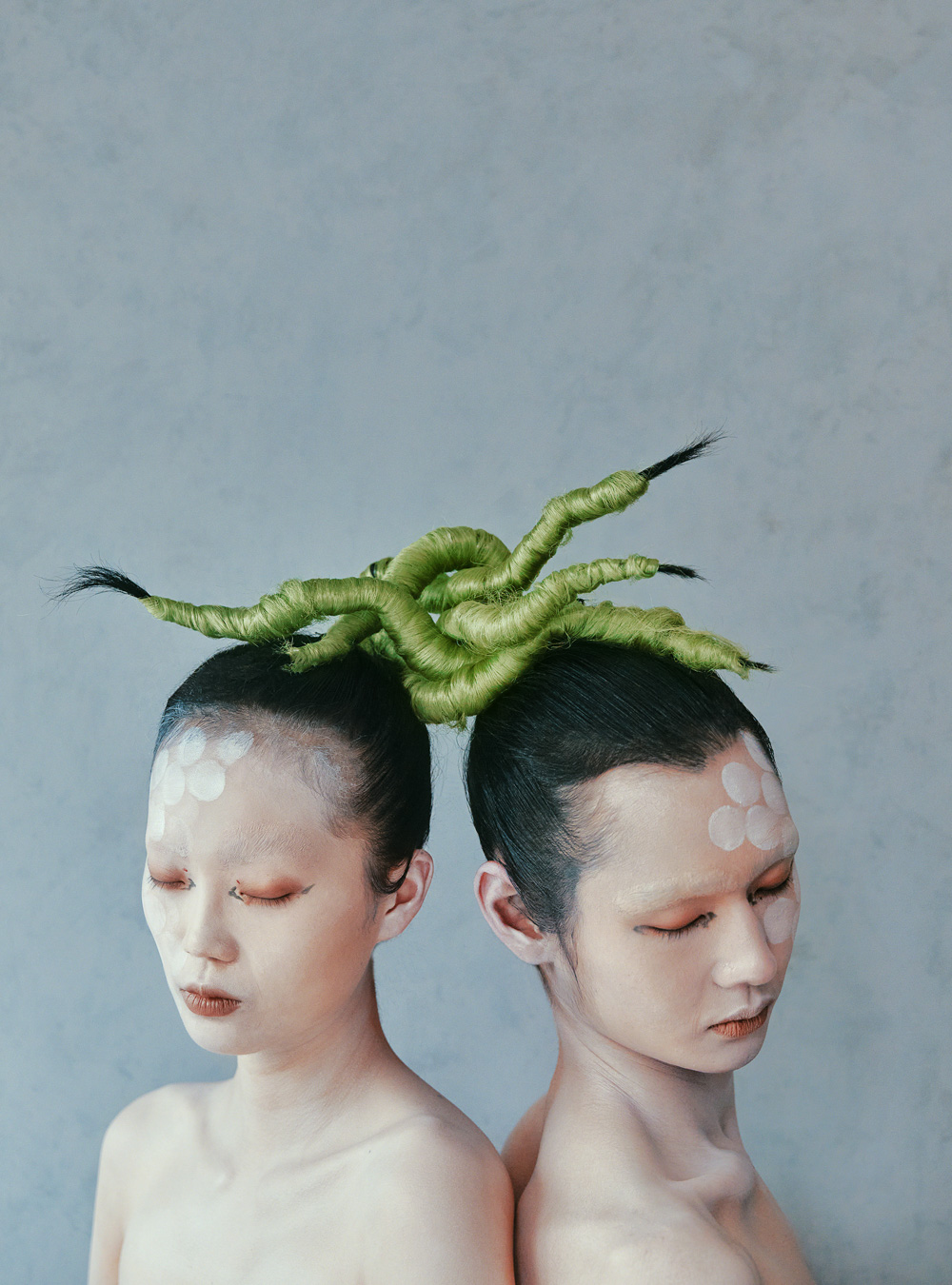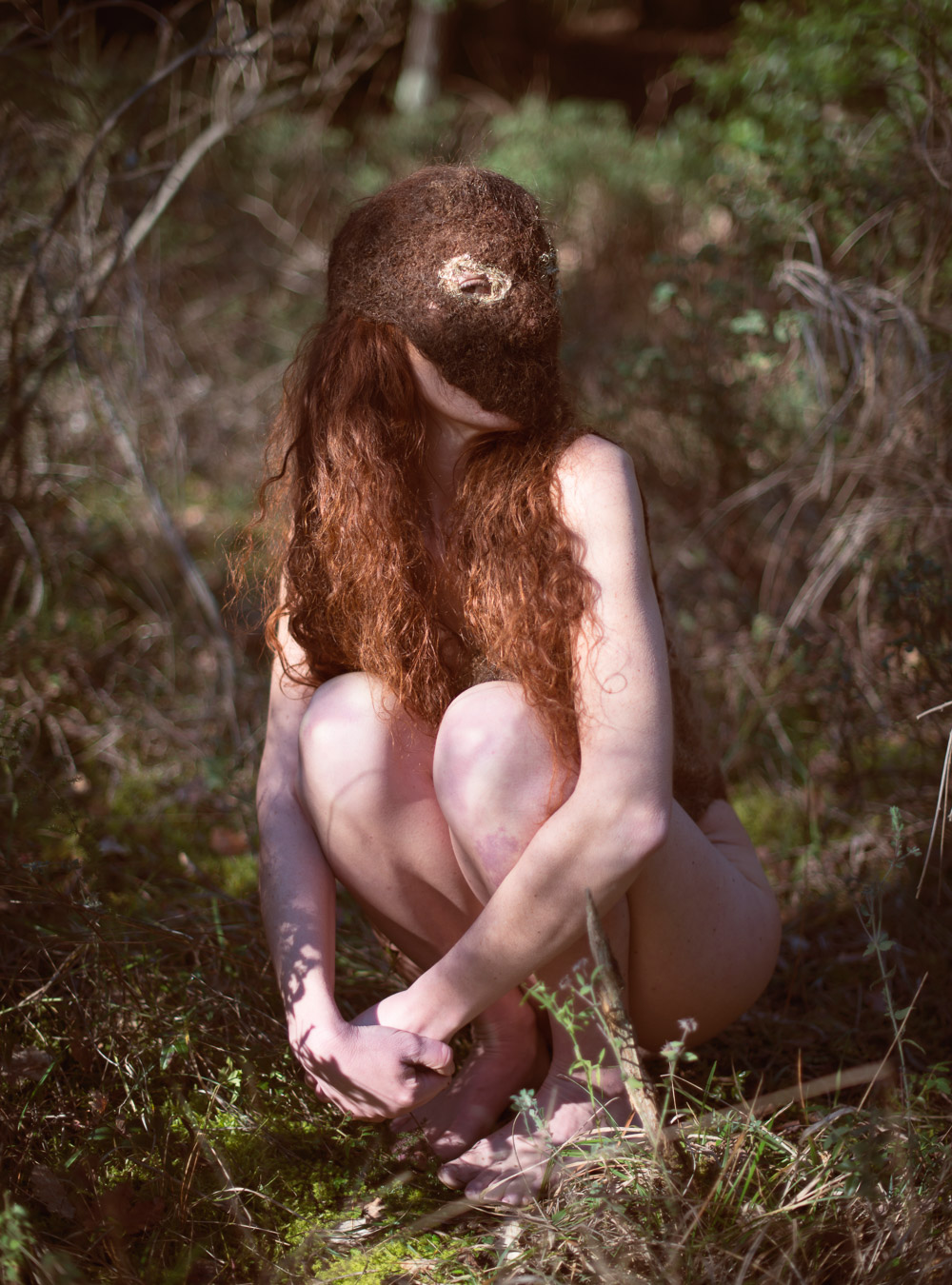- Ethereal Hair Sculptures
- Ethereal Hair Sculptures
- Ethereal Hair Sculptures
ART + CULTURE: Jayoung Yoon on dealing with hardship, cleansing memories, and creating art to heal
Photographs: Jayoung Yoon
Interview: Katharina Lina
New York-based Jayoung Yoon is a multi-media artist from Seoul who utilises hair to encapsulate the mind and its invisible thought patterns. Her works have been exhibited in the United States as well as Korea, and she was awarded the BRIC Media Arts fellowship, the Franklin Furnace Fund, and Ora Schneider Regional Residency Grant.
“Using hair led me to make forms that were mostly transparent like the invisible thoughts, and memories.”
Yoon draws, sculpts, prints, weaves and performs with hair to explore the concurrence of the physical and the mental, while shifting the audience’s attention to the subtleties of ideas and details that are often taken for granted. Her works juxtapose strong geometric shapes and structures with the frailness of the malleable hair strands that construct the shapes. It is impossible to say how much hair Yoon has worked with in her career, but when considering that alone her 2015-2017 piece Web of Life has a diameter of 9 feet – 9 feet diameter of a circular structure made of tiny hand-made knots that is – it quickly becomes mind-boggling how much intricate craftswomanship and attention to detail has gone into her works.
INFRINGE spoke to Jayoung Yoon about her family background, hair weaving techniques, and the act of healing yourself.
You come from a very creative family – when did you know you were going to be an artist? And how was your artistic expression nurtured and encouraged? I grew up in an environment that naturally encouraged me to be an artist. My maternal family members were always an inspiration to me. My mother is a Korean traditional dancer. One of my aunts is a Korean traditional embroidery artist. Two other aunts are a ceramic artist and a poet. Also, although he was not a professional artist, my uncle was naturally very good at drawing and painting. So, I grew up seeing oil and watercolour paintings, ceramics, textile and performance art.
I remember my parents subscribed to an art magazine when I was growing up in Korea. I loved looking at them, and I compiled all the pictures of art works that I liked in my scrapbooks. I felt that I could understand what artists wanted to say through their paintings and sculptures. It felt like that was the world I wanted to be in.
When did you start shaving your head? Is the sole purpose to collect hair for artwork, or is there a sort of spiritual or emotional aspect to its removal as well? Line of Thought, 2008 is the first sculpture with video for which I cut off my hair. I shave my hair off whenever I need to do a video performance piece. Spirit and emotion are an inseparable part of my art process, but I also shave my head for symbolic reasons. I wanted to represent a ‘human body’, detached from a gender and personal identity. I also remove my clothing, which is a cultural and class signifier. During the performance, I can also feel the elements and sensations through my whole body, even my head; this lets me be deeply in the present moment while I am performing.
You previously said working with hair is your way of processing painful childhood memories of turmoil in South Korea. What exactly is the connection to hair – why did you choose hair as your medium? I grew up hearing stories passed down through my family, about the Japanese occupation of Korea, the Korean War, and the Military Dictatorship that shaped Korea in the 20th century. I remember when I was young, I often had to run back home because the military police used toxic tear gas against the student protesters.
All these direct and indirect experiences informed my understanding of the human condition. I searched for my own ways of processing suffering, cleansing memories, and moving toward healing. I was looking for a material that embodies both body and mind. Human hair is intimately corporeal, tactile and focuses the viewer’s attention on the body. Using hair led me to make forms that were mostly transparent like the invisible thoughts, and memories. Video let me explore this transparent quality of the sculptures more deeply as a cleansing gesture. Invisible thoughts are lifted away from my head, or body, and disappear through meditative ritual.
Exploring and analysing thought systems and memories sounds almost exactly like therapy. To what extent can creating (and consuming) art provide catharsis and why? I think many problems come from conflicting belief systems, ideology, organized religion, and sectarianism. I believe that if people saw reality as it is, without their prejudices from the past, many man-made conflicts would have never occurred. I have found that many meditation practices offer powerful methods for transforming reactive social emotions like anger, attachment and suffering into the healing elixirs of love, compassion, and peace.
In my video, I metaphorically try to cleanse the accumulated sediment of memories, not just my personal memories, but social memories, through immersion in the physicality of the present. Also, the delicate qualities of hair sculpture, invite people to pay attention to the present moment, and heighten their awareness to the subtleties of the site. Art can be like a threshold that can be crossed toward healing, sometimes a person will enter, and sometimes not. The artist can’t control a viewer’s personal experience, but we can offer a way forward towards healing.
Your hair sculptures are incredibly intricate works. What is your process of weaving and knotting with hair, and what tools do you use? For most of the wearable hair sculptures (ex: The Robe, The Left Foot, and The Glove), I start with one knot, then make the next, and so on, like hand knitting a fishing net. I don’t use any tools, just my hands. For some other hair sculptures (ex: Form and Emptiness series, The Skull and The Membrane), I create homemade looms, and weave the hair together into a mesh. It is a simple hand weaving technique, the traditional warp and weft structure.
How many feet of you and your family’s hair was used in your Web of Life piece? Did you shave your family’s heads? Some of my family members, such as my sister, sister-in-law and my cousin, who all had very long hair at one time, were willing to donate it by cutting it short. I didn’t shave their heads. Web of Life was 9 foot in diameter when finished. It is hard to estimate how many strands were used, or how many linear feet. I used my hair for approximately the inner 4 feet of the whole web, and then the rest of my family’s hair.
- ANTHROPOLOGY OF HAIR
- ANTHROPOLOGY OF HAIR
- ANTHROPOLOGY OF HAIR
- ANTHROPOLOGY OF HAIR
- ANTHROPOLOGY OF HAIR
